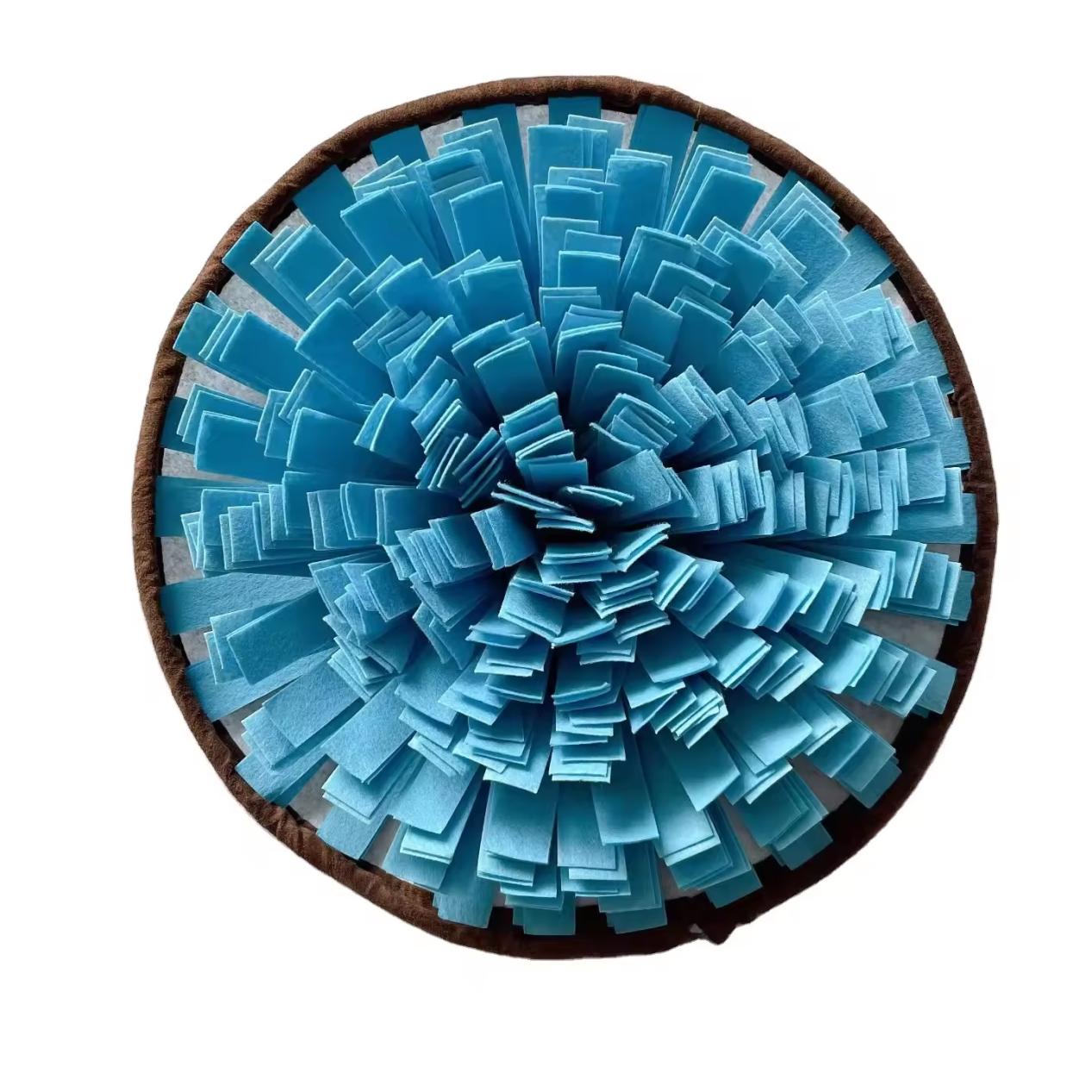Sound Muffling Wall Panels Enhancing Acoustics in Modern Spaces
In an increasingly noisy world, the need for effective sound management in both residential and commercial environments has never been more pressing. Sound muffling wall panels are emerging as a popular solution to combat unwanted noise, improve acoustics, and create an ambience conducive to productivity, relaxation, and overall well-being. This article delves into the various aspects of sound muffling wall panels, including their importance, types, benefits, and installation considerations.
The Importance of Sound Muffling
Noise pollution can be defined as any unwanted sound that disrupts the desired auditory environment. In settings like offices, restaurants, schools, and homes, excessive noise can lead to distractions, decreased productivity, and a general sense of discomfort. The primary purpose of sound muffling wall panels is to absorb sound waves, reducing echoes and reverberation, thus creating a quieter and more serene space.
Types of Sound Muffling Wall Panels
There is a diverse range of sound muffling wall panels available today, each designed to suit specific needs and preferences. The most common types include
1. Acoustic Foam Panels Typically made of polyurethane foam, these panels are renowned for their excellent sound absorption capabilities. They are lightweight, easy to install, and available in various shapes, sizes, and colors. Acoustic foam panels are particularly effective in home studios, recording spaces, and offices.
2. Fabric-Wrapped Panels These panels combine a sound-absorbing core with an aesthetically pleasing fabric wrap. They serve a dual purpose enhancing room acoustics while adding a design element to the space. Fabric-wrapped panels are ideal for professional settings, such as conference rooms and auditoriums.
3. Wooden Sound Panels For those who desire a more natural look, wooden sound panels provide a stylish alternative. These panels can be crafted from various types of wood, offering not only sound absorption but also visual warmth and elegance. They are suitable for homes, restaurants, and community centers.
4. Metal Sound Panels Often used in industrial or commercial spaces, metal sound panels can manage noise while maintaining a modern aesthetic. These panels can be powder-coated or customized in different finishes to align with the architectural design of the space.
Benefits of Sound Muffling Wall Panels
sound muffling wall panels

The advantages of sound muffling wall panels are manifold
- Improved Acoustics By absorbing sound waves and reducing echo, these panels enhance the acoustic quality of a space. This is particularly beneficial in environments where clear communication is essential, such as classrooms, theaters, and meeting rooms.
- Increased Privacy Sound muffling panels can help maintain confidentiality in open office layouts by minimizing sound transmission between spaces. This ensures that sensitive discussions remain private, enhancing workplace productivity and comfort.
- Aesthetic Appeal Available in various designs, colors, and materials, sound-muffling wall panels can complement any interior décor. This versatility allows designers and homeowners to integrate sound management solutions without compromising on aesthetics.
- Ease of Installation Many sound muffling wall panels are user-friendly, allowing for quick installation without the need for professional help. This makes it feasible for individuals and businesses to implement sound-management solutions with minimal disruption.
Installation Considerations
When planning to install sound muffling wall panels, a few considerations should be taken into account
1. Room Size and Shape The effectiveness of sound panels can vary based on the dimensions and layout of the room. An acoustic assessment may help determine the best placement and quantity of panels required.
2. Material Selection Choosing the right material for sound panels is crucial. Factors such as desired aesthetic, installation location, and specific sound absorption needs should guide the selection process.
3. Placement Strategy Strategic placement of sound panels can optimize their effectiveness. Panels should typically be installed on walls facing sound sources or in corners to maximize sound absorption.
In conclusion, sound muffling wall panels present a practical and effective solution to combat noise pollution while enhancing the acoustic quality of various environments. As awareness grows regarding the importance of sound management, these panels will continue to play a pivotal role in creating peaceful and productive spaces in our modern world.
